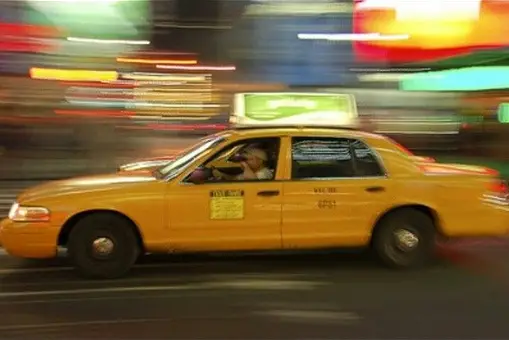
Uber is still a young company, but their impact on culture has been huge and swift. The cultural shift has been so enormous, it has even seeped into economics. Uber has changed how and where people are spending their money when it comes to transportation. From 2018 to 2015, people are spending their money on transportation differently, and Uber has had a hand in that shift.
Local transit is inclusive of trains, buses, and other local public transportation systems. Local taxis include traditional taxis but also Uber and Lyft. From 2018 to 2015, national spending on local transit has fallen 15%, while spending on local taxis has risen by over 300%. In 2015, the average national annual household spent $20 on taxis; by 2018, that number had risen to $70. Local transport saw the average national household to spend $98 annually in 2015, but by 2018, the annual spending fell to $83. This is a national average including areas that rely on taxis and public transit and areas that have almost none.
Early Uber investors believed the company would change how people spend their money. The belief was that Uber would not only compete with taxi companies but help the industry grow as a whole. The data proves these early investors were correct in their assumptions. Combining the data with academic studies suggests another trend: Uber is competing with public transportation.
Public transportation systems are already poorly funded in the United States. The rise of Uber is seeing a fall in public transportation numbers and revenue, which could indiscriminately hurt people in lower socio-economic standing who rely on public transit to run errands, go to work, go to and from childcare, receive an education, and more. For some segments of the populations, cheap ride hailing services can be incredibly helpful for commuters, but it could have an alternative effect on some populations. Though the increase in taxi spending has tripled in three years, the decrease in local transit spending has not been as significant. The future for these avenues of transportation are unclear, but there is room for growth.
Uber has affected the way people are living their lives and where they’re spending their money. What originally looked like competition for the traditional taxi industry has turned out to be good for the industry as a whole. When there is success for one, there is usually room for success of other players as well.
